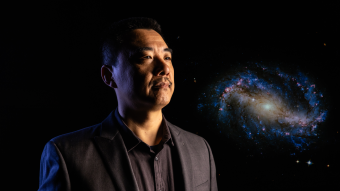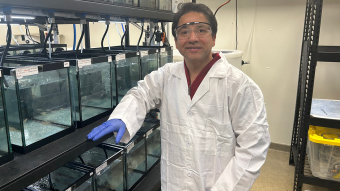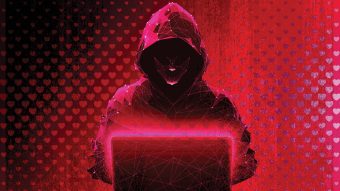Sept. 11, 2019
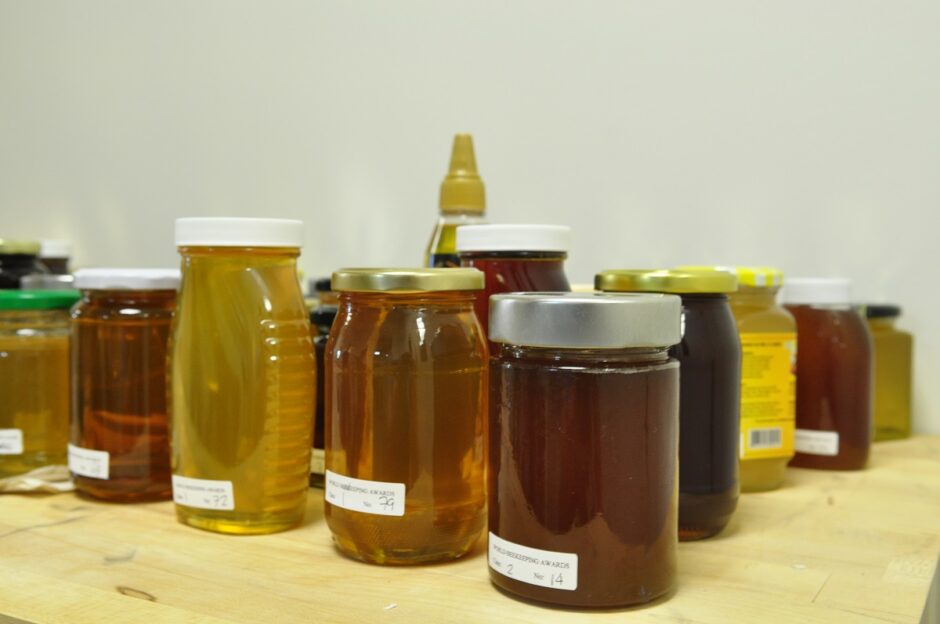
How can you be sure that the world’s best honey isn’t fake?
Every two years, the International Federation of Beekeepers Association hosts the Apimondia Congress, where beekeepers, scientists, honey-traders, technicians and legislators gather to discuss all things apiculture — the maintenance of bee colonies. The Congress includes a honey competition in which judges choose the best honey out of 215 samples from around the world.
Previously, the judges have only been able to comment on the color, clarity, taste and smell of the honey, but they were unable to detect the presence of artificially sweetened honey or heated honey, which is considered fake. Thus, some controversy has swarmed around the authenticity of past winners.
So, this international body reached out to a partnership between the University of Missouri and Sweetwater Science Labs, a food authentication laboratory in Columbia, to authenticate all 215 samples of honey before this year’s 46th congress in Montreal began.
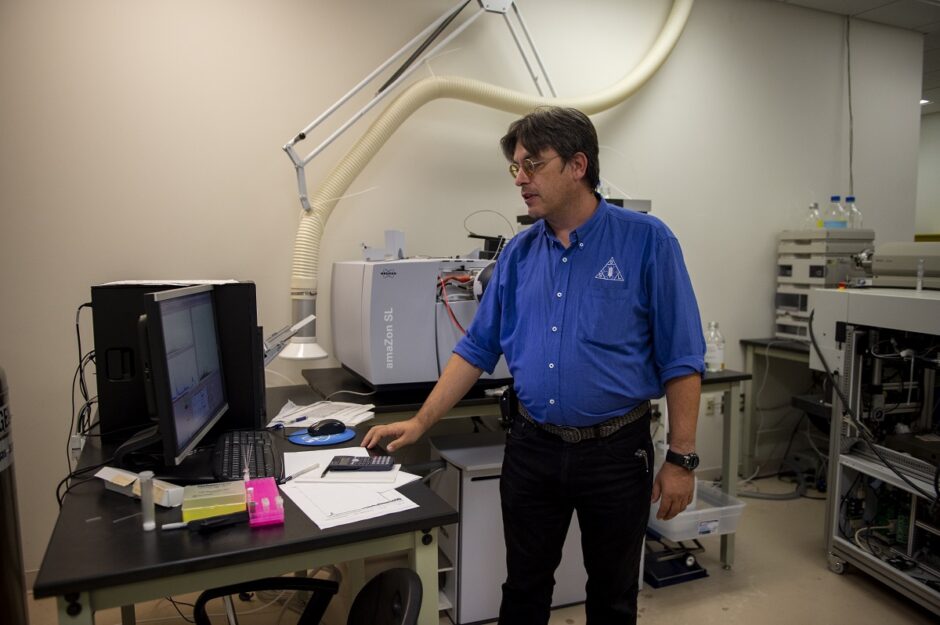
A partnership gone international
The partnership between Sweetwater Science Labs and MU began about two years ago when Jim Gawenis, the chief chemist at Sweetwater Science Labs, asked Michael Greenlief, a professor of chemistry and the director of the Proteomics Center and Nuclear Magnetic Resonance Facility, to use a nuclear magnetic resonance spectrometer to authenticate goods like honey, wine and coffee.
“We thought, where is the best place in the country that we can do our work, and also have academic backup?” Gawenis said. “Columbia, Missouri. We can come back to Mizzou and work with the people we know. This university has a very good reputation, especially in the research world.”
Greenlief and Gawenis use a unique combination of instruments to authenticate honey. Gawenis detects the location and botanical origin of the honey, while also determining if the honey has been heated or mixed with artificial syrups.
Greenlief and his team use mass spectrometry to look for certain sugars, antibiotics and pesticides in the honey. In addition, MU’s nuclear magnetic resonance spectrometer uses a magnetic field and radio frequencies to create a visual spectra of the honey for researchers to examine. Only one of four such spectrometers in the world set up as a honey screener, MU uses this sophisticated instrument to detect new methods of making fake honey.
“This is a great opportunity to showcase the capabilities of the facilities MU currently has available,” Greenlief said.
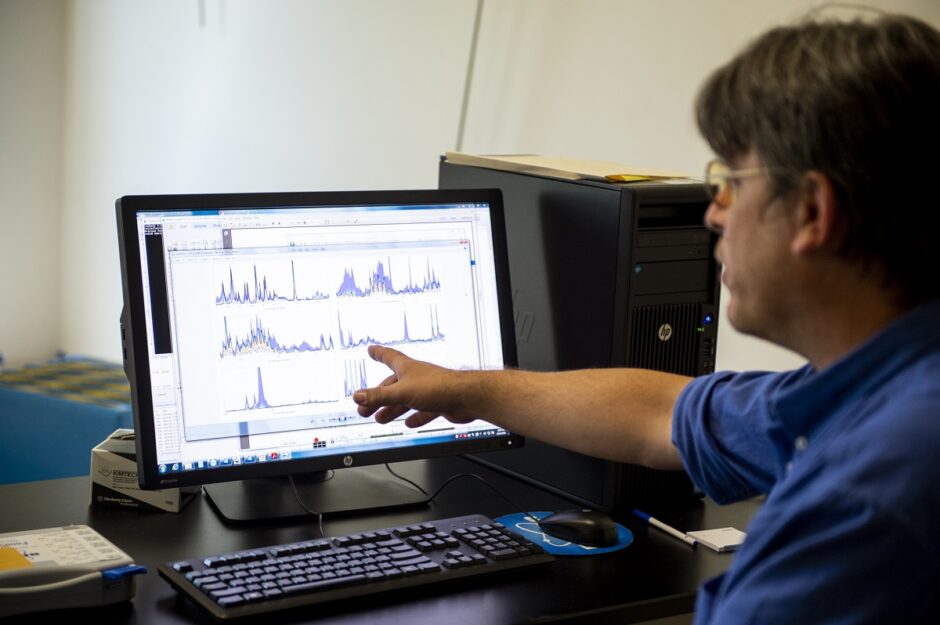
From acquaintances to colleagues
Gawenis and Greenlief first met in a mass spectrometry lecture 20 years ago—Greenlief as the professor and Gawenis as the student. Now, Gawenis maintains all of Greenlief’s chemistry instruments as the research engineering technologist for the Department of Chemistry in the MU College of Arts and Science.
Greenlief has overseen the Nuclear Magnetic Resonance Facility since 2007 and helped start the Proteomics Center in 2001. Both entities help campus researchers complete their work, with the mass spectrometers being the most-used resource because of its speed and sensitivity in quantitative experiments. Now, Greenlief sends graduate students to Gawenis to help them learn analytical method development skills.
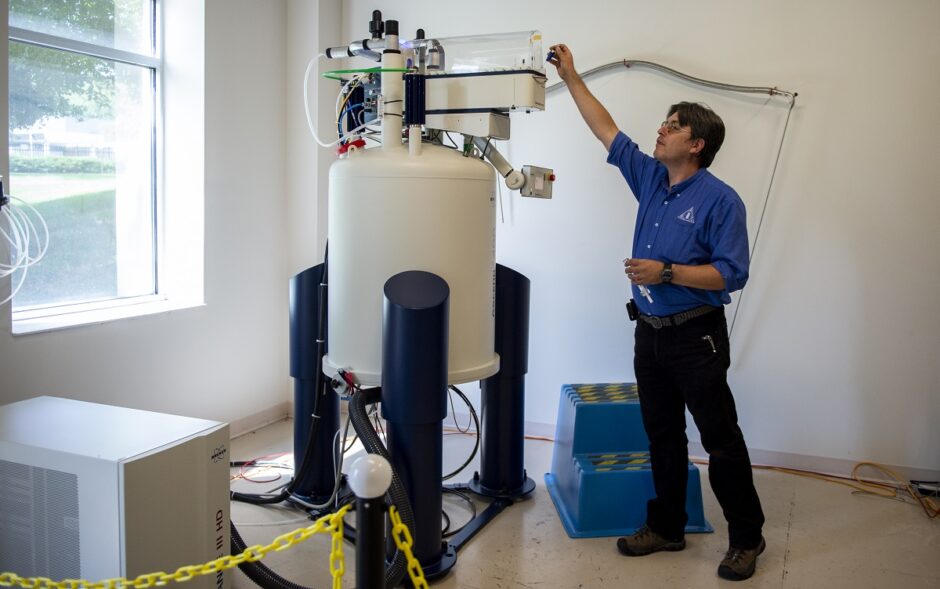
“Methods development is often a research project itself, involving getting everything in place to make the desired measurement correctly,” Greenlief said. “Learning all the steps required for a method is important for those looking for industrial positions upon graduation.”
An impact beyond competition
The work by Greenlief and Gawenis has a greater impact beyond determining honey fraud. Greenlief has completed a number of elderberry and fish oil studies in the Proteomics Center to understand how these substances can serve as antioxidants in the brain. Gawenis drew his inspiration for food authentication from wanting to help people with conditions such as celiac disease who have been harmed by tainted food.
“People being able to purchase what is on a label is important,” Greenlief said.
Gawenis hopes this partnership spurs more of its kind with MU.
“Thanks to this partnership, when the world’s best honey is announced, you’ll know it’s scientifically valid and that it is actually honey,” Gawenis said. “This is a great example of how an alumnus of the university can come back to create something larger than all of us.”
